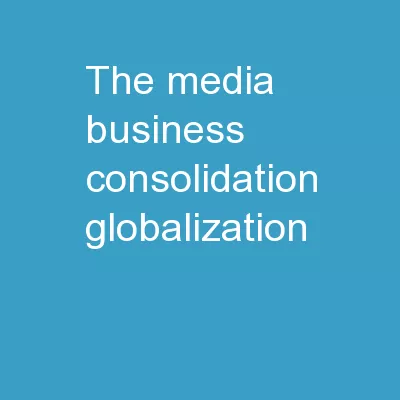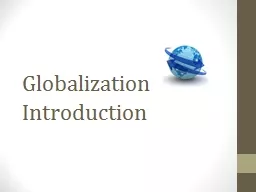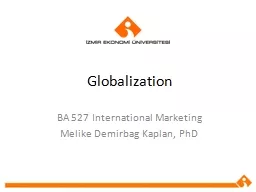PPT-The Media Business: Consolidation, Globalization,
Author : alida-meadow | Published Date : 2018-12-06
and the Long Tail Chapter 3 Revised for ed6 7716 Wild Ponies Making it in the music business without a recording contract Doug amp Telisha Williams perform as the
Presentation Embed Code
Download Presentation
Download Presentation The PPT/PDF document "The Media Business: Consolidation, Globa..." is the property of its rightful owner. Permission is granted to download and print the materials on this website for personal, non-commercial use only, and to display it on your personal computer provided you do not modify the materials and that you retain all copyright notices contained in the materials. By downloading content from our website, you accept the terms of this agreement.
The Media Business: Consolidation, Globalization,: Transcript
Download Rules Of Document
"The Media Business: Consolidation, Globalization,"The content belongs to its owner. You may download and print it for personal use, without modification, and keep all copyright notices. By downloading, you agree to these terms.
Related Documents














